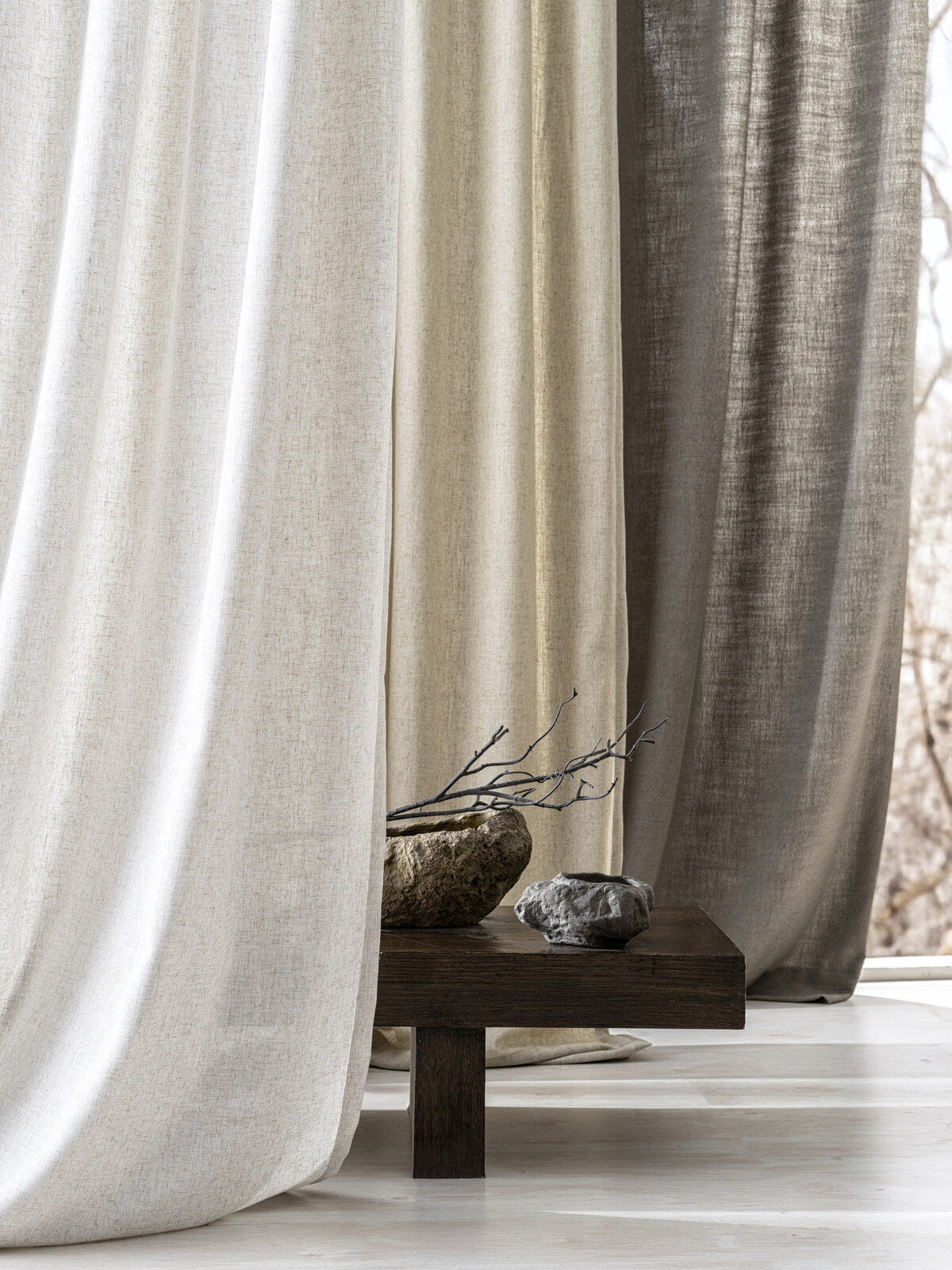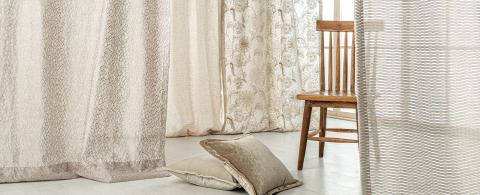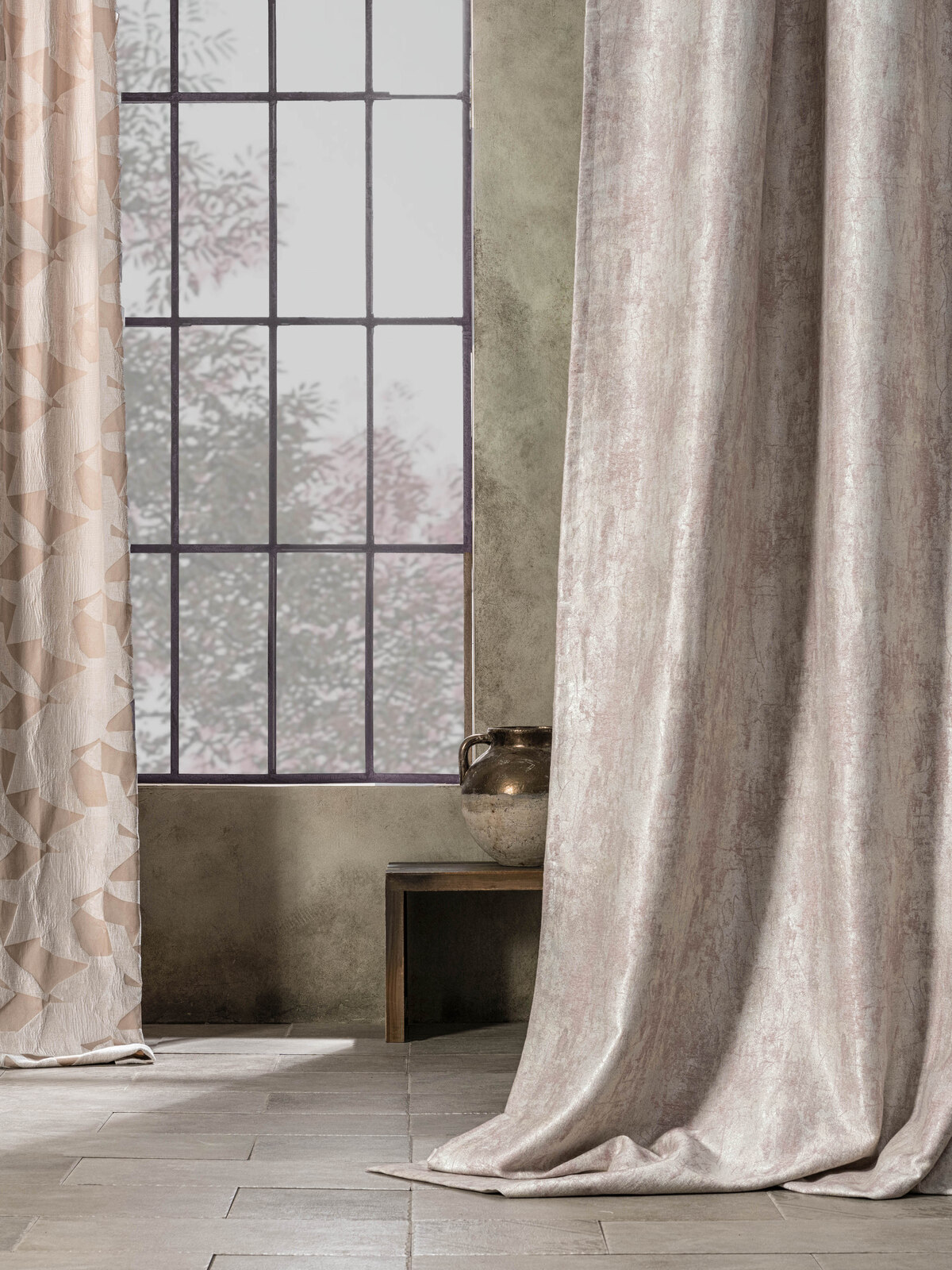When it comes to home decor, curtains often do not receive the attention they deserve. However, the right curtains can transform a room, providing not only aesthetic appeal but also functionality. As an interior design enthusiast who has worked on multiple home projects, I’ve learned firsthand how crucial curtains are in setting the mood and style of a space. In this comprehensive guide, we’ll explore different styles of curtains, fabric choices, how to hang them, and the best tips to make your selections stand out.
Understanding the Basics of Curtains
Curtains serve multiple purposes in our homes. They provide privacy, control natural light, and add a layer of insulation. Moreover, they are key decorative elements that can make or break a room’s look. Let’s delve deeper into the basics, starting with understanding different types of curtains.
Types of Curtains
| Type of Curtain | Description | Best For |
|---|---|---|
| Sheer Curtains | Lightweight and translucent, allowing natural light while providing minimal privacy. | Living rooms, bedrooms for a soft look. |
| Blackout Curtains | Thick and opaque, blocking out light entirely. | Bedrooms, home theaters, nurseries. |
| Thermal Curtains | Insulating curtains that help regulate room temperature. | Energy-efficient homes, drafty windows. |
| Layered Curtains | Combining sheer curtains and heavier drapes for versatility. | All rooms, allowing for light control and style. |
| Valances | Short curtains that cover only the top portion of a window. | Adds decorative touch, often used with blinds. |
Choosing the Right Type for Your Space
Selecting the right type of curtain can enhance your room’s functionality and design. For instance, in our bedroom, we opted for blackout curtains to ensure a restful night’s sleep. Conversely, in the living room, sheer curtains maintained brightness while adding a soft touch. Consider your needs before making a decision.
Fabric Choices for Curtains
The fabric you choose will significantly influence the overall look and feel of your curtains. Different materials offer distinct aesthetics and functionalities. Here are some popular curtain fabrics to consider:

Popular Curtain Fabrics
| Fabric | Texture | Common Uses |
|---|---|---|
| Cotton | Soft, breathable, and versatile. | Everyday use, casual and formal settings. |
| Linen | Textured and natural look. | Modern and Scandinavian designs. |
| Silk | Luxurious and smooth. | Formal dining rooms, elegant spaces. |
| Polyester | Durable and easy to maintain. | High-traffic areas, kid’s rooms. |
| Velvet | Rich and heavy. | Theater rooms, stylish living spaces. |
Personal Experience: Fabric Matters!
When I renovated my dining room, I opted for linen curtains. The texture complemented my wooden dining set beautifully. On the other hand, I learned the hard way that silk can be a challenge in high-humidity areas, as it tends to stain easily. Thus, consider your environment when selecting curtain materials!

How to Measure for Curtains
Proper measurements are essential for ensuring that your curtains fit beautifully. Here’s a step-by-step guide to help you measure accurately:
Measuring Steps
- Decide on the Style: Choose whether you want your curtains to hang to the floor or just below the window sill.
- Measure the Width: Use a tape measure to determine the width of the window. For added fullness, multiply this measurement by 1.5 to 3 times, depending on how full you want the curtains.
- Measure the Length: Measure from the curtain rod (or where you want the rod to hang) to your desired length. Add a few extra inches for hem allowances.

Hanging Curtains: Tips and Tricks
Once you’ve chosen your curtains, it’s time to hang them. Here are some tips to ensure they look great:
Hanging Techniques
- Choose the Right Rod: Select a curtain rod that complements your curtains; a thicker rod works well for heavy curtains while a slender rod is good for lighter fabrics.
- Height Matters: Hang rods higher than the window frame to create the illusion of taller ceilings.
- Spacing: Ensure the curtains overlap slightly in the middle to prevent gaps and maintain privacy.

DIY vs. Professional Installation
If you’re handy with tools, you might manage the installation on your own. However, for a more polished look, consider hiring a professional. I learned from experience that precision is key to a beautiful drape, and sometimes it’s worth investing in expertise!
Decorating with Curtains
Now that you have your curtains ready, it’s time to think about how they’ll fit into your overall decor. Here are some suggestions:

Color Schemes and Patterns
Choose colors and patterns that complement your room. Bold patterns can be a statement piece, whereas solid colors can provide a calming effect. In my living room, I chose a floral pattern to contrast my minimalist furniture, creating a welcoming but stylish space.
Mixing Patterns
Don’t shy away from mixing patterns! As long as they share a common color palette, it can create a dynamic and engaging look.

Pros and Cons of Different Curtain Types
Every curtain type has its advantages and disadvantages. Here’s a quick overview:
| Curtain Type | Pros | Cons |
|---|---|---|
| Sheer Curtains | Allow light in, soft look. | Limited privacy. |
| Blackout Curtains | Excellent for blocking light, good for energy saving. | Can feel heavy and dark in a room. |
| Thermal Curtains | Energy-efficient, temperature control. | Limited design options. |
| Layered Curtains | Versatile, stylish. | Can be complicated to manage. |
| Valances | Decorative accent, easy to install. | Not practical for privacy. |

Frequently Asked Questions (FAQs)
1. What are the best curtains for a living room?
The best curtains for a living room tend to be lightweight fabrics like sheer or cotton for a relaxed ambiance, or heavier fabrics like velvet for a more luxurious feel.
2. How do I clean my curtains?
Curtains can typically be washed in a gentle cycle or dry-cleaned, depending on the fabric type. Always refer to the care label for specific instructions.
3. Can I use curtains in a bathroom?
Yes, but make sure to choose moisture-resistant materials like polyester or specially treated fabrics to prevent mildew.
4. How often should I change my curtains?
While it depends on personal preference, consider changing curtains seasonally for a fresh look or when decor updates occur.
5. Do curtains have to match throughout the house?
No, they can reflect the style of each room. However, maintaining a cohesive color palette can help create harmony throughout your home.
Conclusion
Curtains are a vital component of home design that deserve your attention. By understanding the different styles, fabrics, and techniques for hanging them, you can enhance your home’s decor. Remember, the right selection not only beautifies your space but also fulfills practical needs. So, go ahead, experiment with materials, colors, and patterns, and transform your home into a stylish sanctuary!